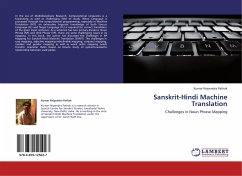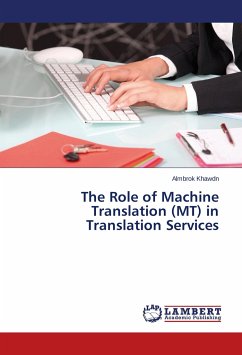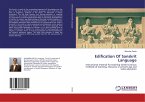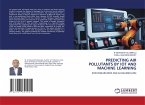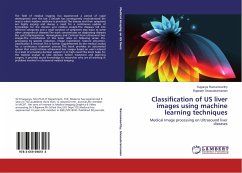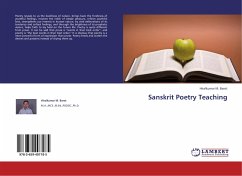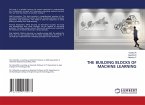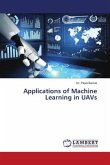In the era of Multidisciplinary Research, Computational Linguistics is a fascinating as well as challenging field of study. When Language is processed through the computational programming, especially in Machine Translation (MT), an exhaustive linguistic knowledge of both Source Language (SL) and Target Language (TL) is required for correct translation of the given input sentence. As a sentence has two primary divisions, Noun Phrase (NP) and Verb Phrase (VP), there are some challenging issues in its mapping. In this book, the author has discussed the challenges in NP Mapping for Sanskrit-Hindi Machine Translation (SHMT). The challenges in case mapping, adjective mapping indeclinable mapping, conjunct mapping, number and gender mapping as well as word order mapping needs Transfer Grammar Rules based on minute study of syntacto-semantic relationship between used padas.
Bitte wählen Sie Ihr Anliegen aus.
Rechnungen
Retourenschein anfordern
Bestellstatus
Storno

